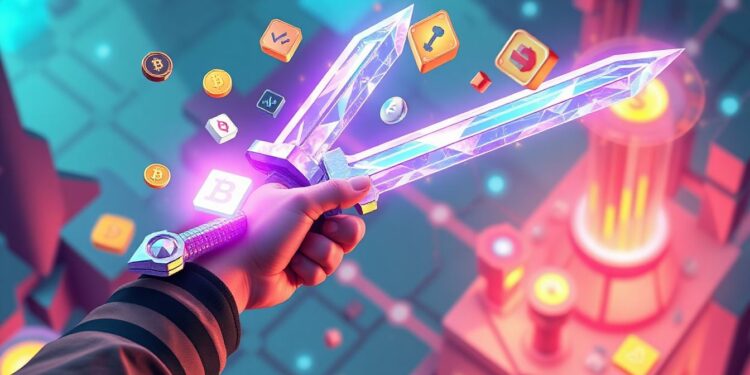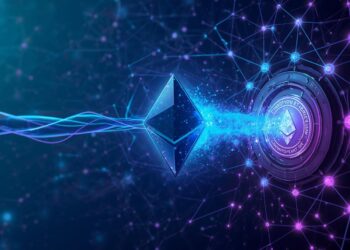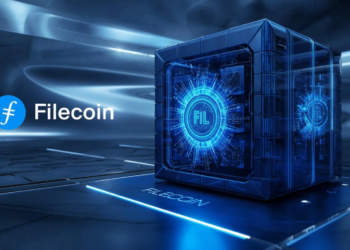In recent years, the gaming industry has undergone a massive transformation, thanks to the rise of blockchain technology and the introduction of NFT games. These games are not just about entertainment anymore—they’re reshaping how players interact with digital assets, earn rewards, and even make a living. But what exactly are NFT games, and how do they work?
In this blog, we’ll break down everything you need to know about NFT games in a simple, engaging, and informative way. Whether you’re a gamer, investor, or just curious about the buzz, this guide will help you understand the future of gaming.
What Are NFTs?
Before diving into NFT games, let’s quickly understand what NFTs (Non-Fungible Tokens) are.
NFTs are unique digital assets stored on a blockchain. Unlike cryptocurrencies like Bitcoin or Ethereum, which are fungible (each unit is the same as another), NFTs are non-fungible, meaning each one is unique and cannot be replaced with something else.
NFTs can represent ownership of digital items such as:
- Art
- Music
- Videos
- Virtual real estate
- In-game items
This uniqueness and verifiable ownership make NFTs perfect for gaming.
What Are NFT Games?
NFT games, also known as play-to-earn (P2E) games, are video games that incorporate NFTs into their gameplay, economy, or reward systems. In these games, players can earn, buy, sell, and trade NFTs that represent in-game assets like:
- Characters
- Weapons
- Skins
- Land
- Collectibles
These assets are stored on a blockchain, giving players true ownership and the ability to trade them outside the game environment.
How Do NFT Games Work?
NFT games combine traditional gaming mechanics with blockchain technology. Here’s a breakdown of how they function:
1. Blockchain Integration
Most NFT games are built on blockchain platforms like Ethereum, Binance Smart Chain, or Polygon. The blockchain records ownership of NFTs and ensures transparency and security.
2. Smart Contracts
Smart contracts are self-executing codes that run on the blockchain. They manage the rules of the game, transactions, and NFT creation. For example, when a player wins a battle and earns a rare item, a smart contract automatically mints that item as an NFT.
3. In-Game Economy
NFT games often have their own native tokens (cryptocurrencies) used for:
- Buying and selling NFTs
- Paying for upgrades
- Participating in events
These tokens can usually be traded on crypto exchanges for real money.
4. Play-to-Earn Model
Unlike traditional games where players spend money without any return, NFT games reward players for their time and effort. This is known as the play-to-earn model. Players can earn by:
- Completing quests
- Winning battles
- Breeding characters
- Selling rare items
Popular NFT Games You Should Know
NFT games have exploded in popularity, offering a wide range of genres—from card battles to virtual real estate. Here are some standout examples that showcase the diversity and innovation in the NFT gaming space:
1. Axie Infinity
- Genre: Strategy / Battle / Collectible
- Blockchain: Ethereum (with Ronin sidechain)
- How It Works: Players collect, breed, and battle creatures called Axies. Each Axie is an NFT with unique traits. Players earn Smooth Love Potion (SLP) tokens, which can be traded for real money.
- Why It’s Popular: Axie Infinity pioneered the play-to-earn model and has a strong community and marketplace.
2. The Sandbox
- Genre: Virtual World / Builder
- Blockchain: Ethereum
- How It Works: Players buy virtual land (as NFTs), build experiences, and monetize them. The game uses the SAND token for transactions.
- Why It’s Popular: It empowers creators to build games, art galleries, and social hubs in a decentralized metaverse.
3. Gods Unchained
- Genre: Trading Card Game (TCG)
- Blockchain: Immutable X (Ethereum Layer 2)
- How It Works: Players collect and battle with NFT cards. Winning matches and tournaments can earn players valuable cards and tokens.
- Why It’s Popular: It offers a free-to-play model with true ownership of cards, similar to Magic: The Gathering.
4. Decentraland
- Genre: Virtual World / Social
- Blockchain: Ethereum
- How It Works: Users buy land, build structures, and interact with others in a 3D virtual world. Land and wearables are NFTs, and the game uses the MANA token.
- Why It’s Popular: It’s one of the first fully decentralized metaverses, with real-world events, art shows, and even virtual casinos.
5. Illuvium
- Genre: Open-World RPG / Auto Battler
- Blockchain: Ethereum (Immutable X)
- How It Works: Players explore a sci-fi world, capture creatures called Illuvials (NFTs), and battle them. The game features high-end graphics and DeFi integration.
- Why It’s Popular: It combines AAA-quality visuals with blockchain mechanics, appealing to both gamers and crypto enthusiasts.
6. CryptoKitties
- Genre: Collectible / Breeding
- Blockchain: Ethereum
- How It Works: Players collect and breed digital cats, each with unique traits. These cats are NFTs and can be sold or traded.
- Why It’s Popular: It was one of the first NFT games and helped introduce the concept of digital ownership to a mainstream audience.
7. Revv Racing
- Genre: Racing
- Blockchain: Polygon
- How It Works: Players race NFT cars in skill-based competitions. Cars and upgrades are NFTs, and players can earn REVV tokens.
- Why It’s Popular: It brings arcade-style racing to the blockchain with real ownership of vehicles.
Benefits of NFT Games
True Ownership
Players truly own their in-game assets. Even if the game shuts down, the NFTs remain in the player’s wallet.
Monetization Opportunities
Gamers can earn real income by selling NFTs or participating in tournaments.
Interoperability
Some NFT games allow assets to be used across multiple games or platforms, thanks to blockchain standards like ERC-721 and ERC-1155.
Transparency and Security
Blockchain ensures that all transactions and ownership records are secure and transparent.
Challenges and Risks
While NFT games offer exciting opportunities, they also come with challenges:
High Entry Costs
Some games require expensive NFTs to start playing, which can be a barrier for new players.
Volatility
The value of NFTs and tokens can fluctuate wildly, making earnings unpredictable.
Scams and Fake Projects
The NFT space is still relatively new, and not all projects are legitimate. Players must do thorough research before investing.
Environmental Concerns
Some blockchains consume a lot of energy, raising concerns about the environmental impact of NFT games.
How to Get Started with NFT Games
If you’re interested in exploring NFT games, here’s a step-by-step guide:
Step 1: Get a Crypto Wallet
You’ll need a wallet like MetaMask or Trust Wallet to store your NFTs and tokens.
Step 2: Buy Cryptocurrency
Purchase Ethereum, BNB, or the specific token used by the game you want to play.
Step 3: Choose a Game
Research and pick a game that suits your interests and budget.
Step 4: Create an Account and Connect Wallet
Sign up on the game’s platform and connect your wallet.
Step 5: Start Playing and Earning
Buy your first NFT (if required), start playing, and explore ways to earn.
The Future of NFT Gaming
NFT games are still in their early stages, but the potential is enormous. As technology evolves, we can expect:
- Better graphics and gameplay
- More mainstream adoption
- Cross-game asset compatibility
- Integration with VR and AR
- Stronger regulations and security
Big gaming companies like Ubisoft and Square Enix are already exploring NFT integration, signaling a shift in the industry.
Final Thoughts
NFT games are more than just a trend—they represent a new era in gaming where players have control, ownership, and the ability to earn. While there are risks involved, the opportunities are equally exciting.
Whether you’re a gamer looking to monetize your skills or an investor exploring new digital assets, NFT games offer a unique blend of fun and finance. Just remember to do your research, start small, and enjoy the journey into this fascinating world.
Join Us : Twitter | Website | GitHub | Telegram | Facebook | YouTube

























